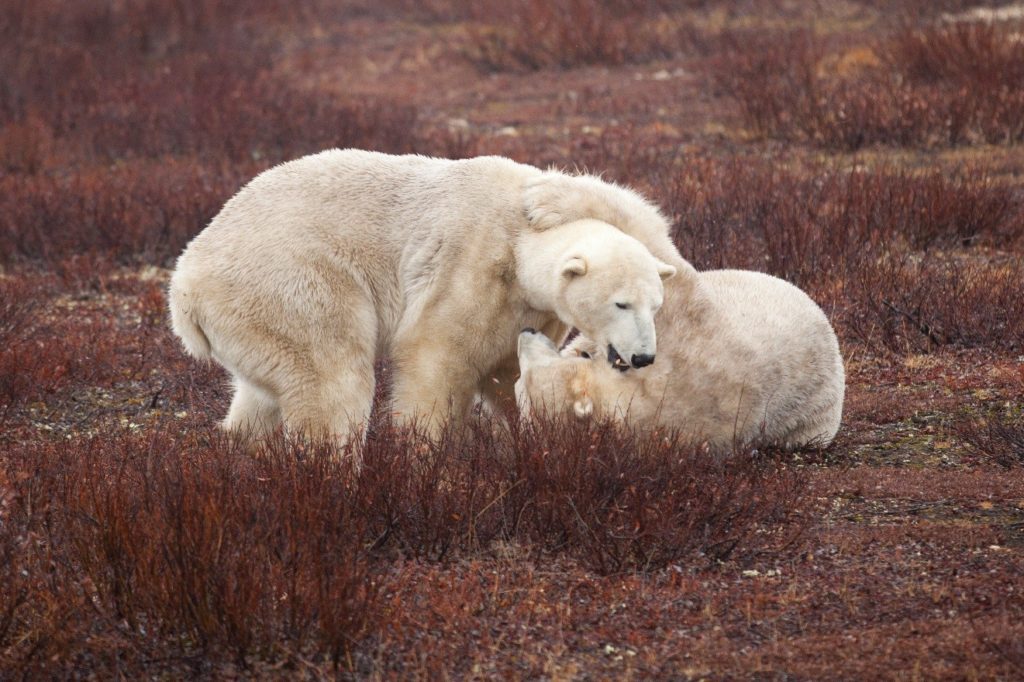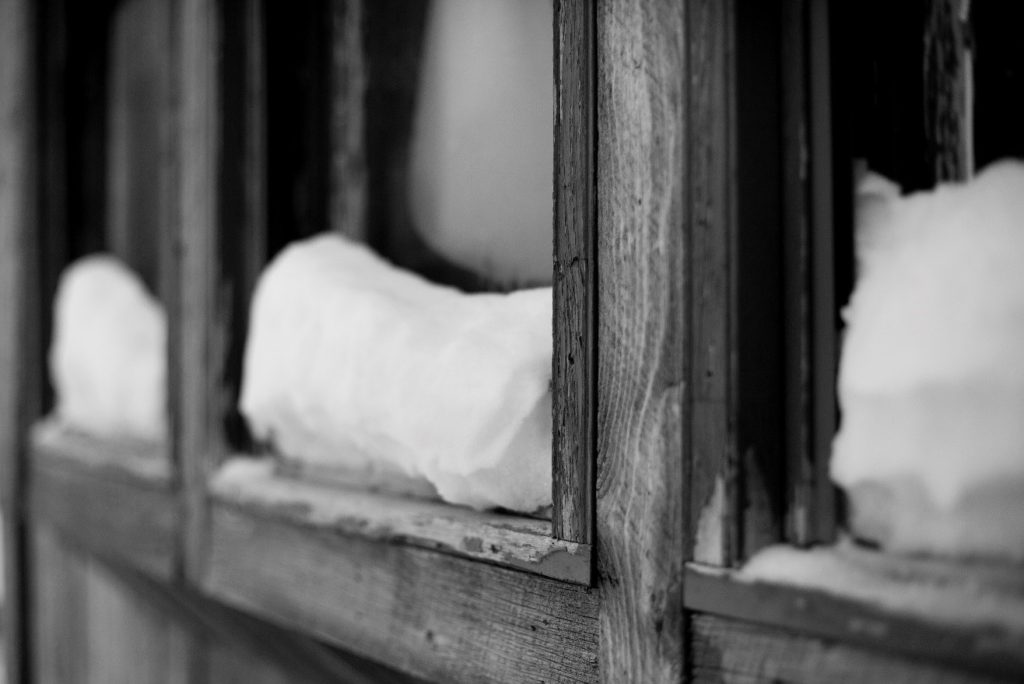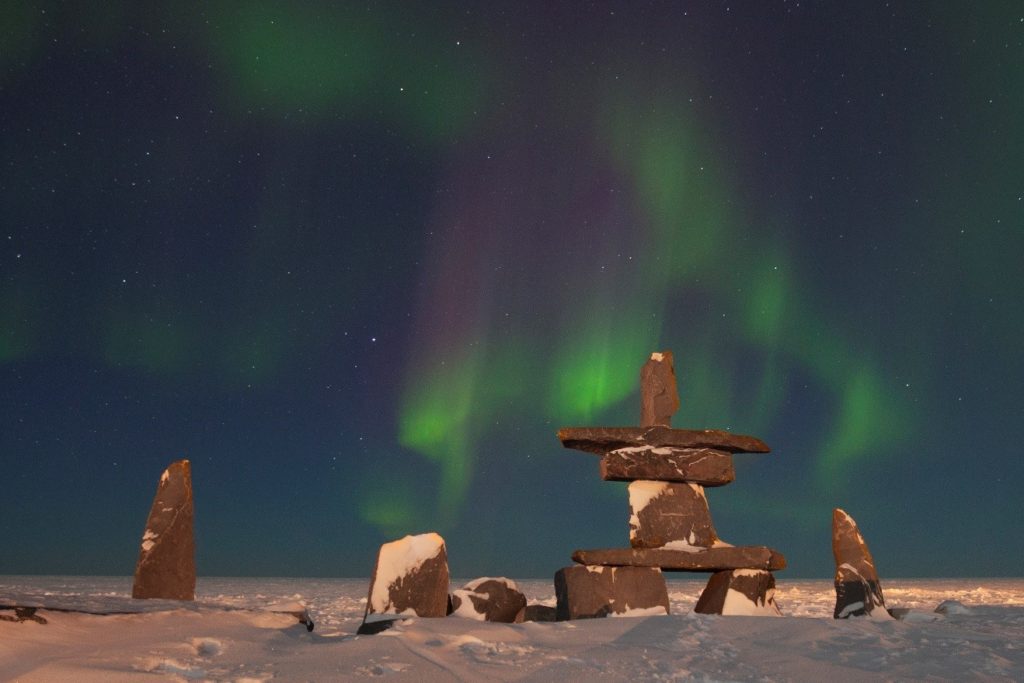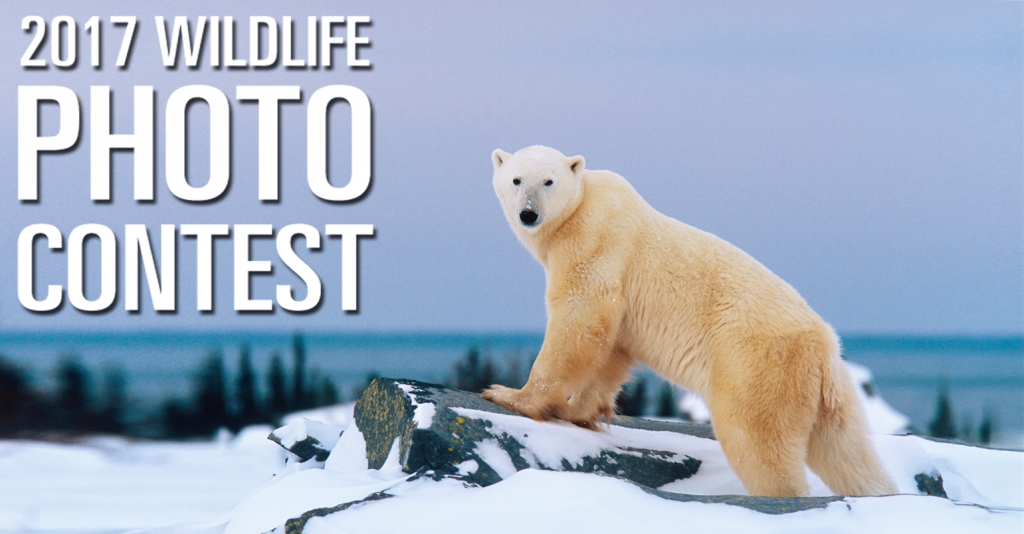Retired Canadian Mountie Sentenced to Prison

Narwhal tusks can grow more than 8 feet in length and demand high prices on the black market. Paul Nicklen/Getty Images photo.
Retired Canadian Mountie Gregory Logan, 60, of Saint John has been sentenced to five years and two months in a United States federal prison for smuggling nearly 300 Narwhal tusks with a value of $1.5 – $3 million US into Maine. The contraband tusks were hidden in false compartments in Logan’s vehicle according to U.S. prosecutors. Once in the United States, they were shipped from a post office box in Ellsworth, Maine, to wealthy buyers all across the country.
This story was first reported on in a March 2016 blog post on this site.
Narwhals, protected in the United States and Canada, grow ornate, spiral tusks that can grow longer than eight feet and are coveted for use in carvings, jewelry-making, and general display. Under the 1972 Marine Mammal Protection Act, it is illegal to transport any parts of a Narwhal across federal borders.
According to the indictment, Logan smuggled the narwhal tusks into the U.S. in 2000 while he was working as a Mountie. He retired from the police force in 2003.
Logan filled orders with his U. S. co-conspirators according to what they wanted in terms of quantity and size and then contacted northern Inuit hunters to supply the tusks.
“Unlawful wildlife trade like this undermines efforts by federal, state, and foreign governments to protect and restore populations of species like the narwhal, a majestic creature of the sea,” said acting Assistant Attorney General Jeffrey H. Wood of the Department of Justice’s Environment and Natural Resources Division.
U.S. District Court Judge John A. Woodcock sentenced Logan to money-laundering and conspiracy charges to which he pleaded guilty. Smuggling charges were dropped under a plea agreement. Logan has paid $350,000 in fines and served four months of home detention on a related wildlife – smuggling charge to which he plead guilty.
Co-conspirator and U.S. resident Andrew Zarauskas, of Union, N.J., was convicted and sentenced to 33 months. A Tennessee man had charges dismissed. Logan was pinned as the leader and organizer of the scheme and therefore sentenced most harshly.
“He directed and organized the way in which the tusks were smuggled and shipped as well as the ways in which the proceeds would ultimately be laundered into Canada. In sum, (Logan) was the ‘hub’ without whom the ‘spokes’ could not have succeeded in their joint criminal enterprise,” they said in court documents.
The U.S. Department of Justice detailed how the scheme worked in a news release:
“Logan knew that his customers would re-sell the tusks for a profit and in an attempt to increase that resale price, Logan would occasionally provide fraudulent documentation claiming that the tusks had originally belonged to a private collector in Maine who had acquired them legally,” it said.
“In addition to shipping the tusks from Maine, Logan maintained a post office box in the Ellsworth shipping store as well as an account at a bank in Bangor. Logan instructed his customers to send payment in the form of cheques to the post office box, or wire money directly to his Maine bank account.
“Logan then transported the money to Canada by having the shipping store forward his mail to him in Canada, and by using an ATM card to withdraw money from his Maine bank account at Canadian ATM machines. At times, Logan also directed his customers to send funds directly to him in Canada.”

















